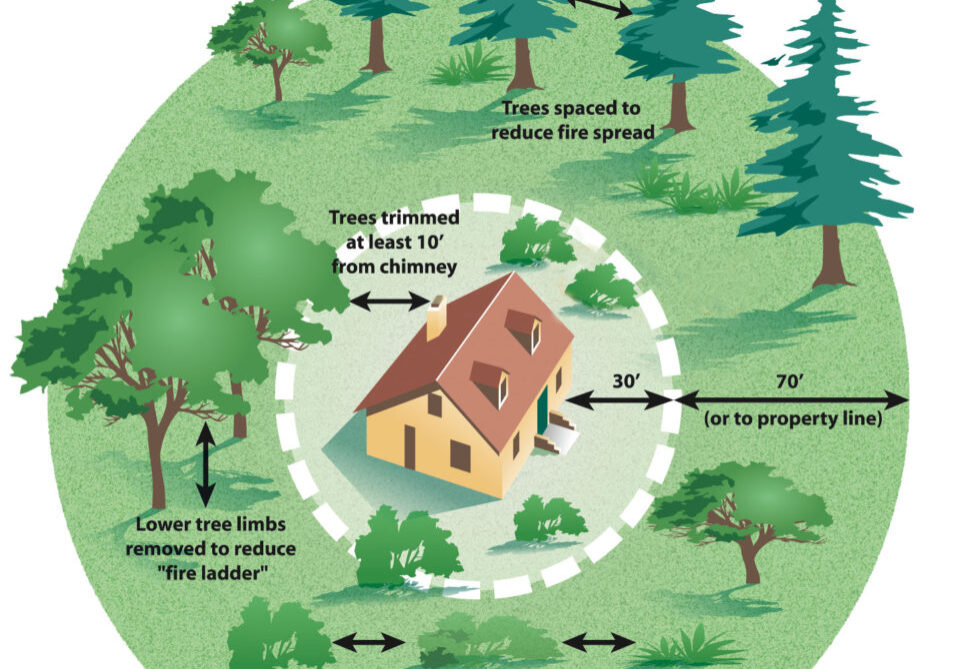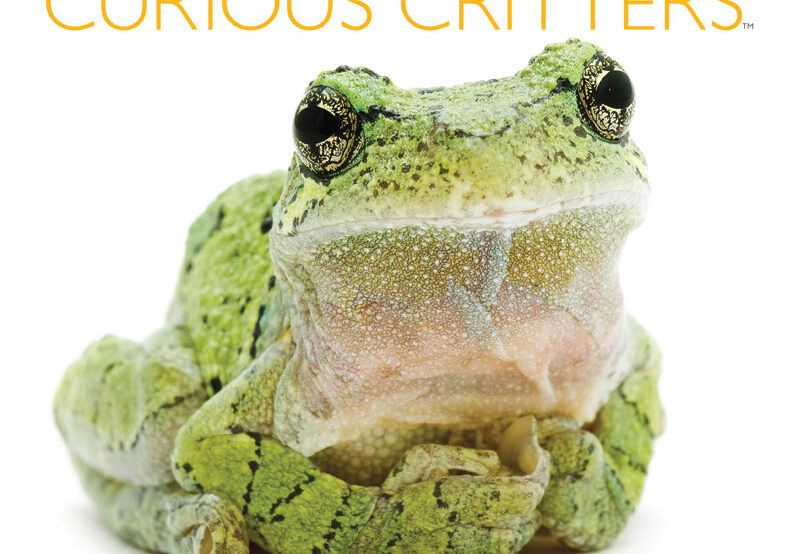“There is a location at Five-Mile Recreation Area, where, in winter and spring, some of the waters flowing down Big Chico Creek enter into a different channel and become a distributary of the stream. This side channel flows through the north part of Chico and actually reconnects with Big Chico Creek about a half mile from the Sacramento River.”
A blue dry-erase marker illustrates the naturalist’s narrative on a portable whiteboard, while the fifth-grade students listen from beneath the shade of a thicket of willows. Most have their attention focused on the board, while some simultaneously dig their hands through the cool gravel and round stones beneath their jeans.
“This distributary is called ‘Lindo Channel.’ Have any of you ever heard of it? Anyone ever been there?” Heads shake no. “Actually, all of you have. You’re sitting in it.”
“Huh?” Some murmurs among the students; eyes open a bit wider, gazing beyond the whiteboard with a new sense of interest in the dry creek bed, the sound of scrub jays, and the dappled sunlight filtering through the nearby oaks and cottonwoods.
“While the historical record shows Lindo Channel as being a seasonal stream, it is not hard to imagine this being the main channel for Big Chico Creek. In fact, in November of 2007, a pair of industrious beavers accomplished just this, building a dam about a mile from here that diverted most of the water into Lindo Channel which caused Big Chico Creek to go dry.”
“With this in mind, we have a science question to answer today. In the event that Lindo Channel were to someday become the main channel for Big Chico Creek, would it provide habitat conducive to spawning salmon? Does the bottom of the channel have the right characteristics to support salmon eggs and baby fish?”
Seven minutes later the stones that were providing comfort for fidgety hands are now the focus of scientific scrutiny. Students are partnered up; fifth-grader Derrick holds a pencil and clipboard while his friend Juan lines up a fist-sized rock with a laminated measuring card. After a moment of study, he calls out: “Four!” Juan makes a mark in the appropriate column on the data sheet. The rock is gently replaced, and Derrick takes another step forward, following the path designated by a taut length of twine that transects the creek bed. Looking straight ahead, he squats, locates another rock with his hand – this time a pebble – and takes another measurement: “Two!”
This scene is being duplicated by eight pairs of students in different locations in the ravine. Sometimes, the discovery of a lizard or a mysterious clam shell interrupts the process, but these things are welcome distractions in the outdoor environment, especially when compared to the inglorious diversions of the classroom setting, such as the wayward rubber band that arcs across the desks in the middle of a spelling lesson.
After fifteen minutes, the students have collectively measured nearly 400 rocks, cobbles and pebbles. They are once again seated, admiring their accomplishment as reflected by the cumulative tally now shown on the whiteboard. Four’s and five’s are predominant numbers, reflecting stones 16 – 180 millimeters in width (approximately 0.6 – 7 inches).
“How can we determine the percentage of the total that each of these sizes represent?”
It is still early in the school year, and classroom instruction in finding percent will not happen until the spring. A brief introduction to determining percentages is in order, and a calculator assists in speeding up the number crunching. The teacher in attendance makes a mental note: Today’s activity will be revisited in a future classroom lesson as a practical application of math skills.
Once the percentages have been calculated, students compare their data to that of ideal salmon spawning habitat: There must be pebbles present that are small enough to be moved around by an adult salmon building its redd (nest), but not so small that oxygenated water can’t flow past the young eggs. Larger cobbles as well as some boulders are also necessary, as they provide a safe haven for newly-hatched alevin and young salmon fry. The students draw conclusions regarding their data.
“We have almost 44% four’s and five’s, and it can’t be more than 35%” says Stacey. “We don’t have enough two’s and three’s,” adds Savannah.
Prompts the naturalist: “What do you think this data is telling us about the water in Lindo Channel? Any idea what happened to the smaller pebbles?”
“They got washed away?” suggests Derrick.
Exactly! Most of the water that flows here is storm water from the rainy season, which is why this channel generally holds water only during the winter and early spring. Storm water tends to flow pretty fast, unlike the gentle trickle that you might see in Big Chico Creek in July and August. So even if Lindo Channel was a year-round stream, this location, at least, lacks the physical characteristics to be good salmon-spawning habitat. But maybe someday …”
[sws_green_box box_size=”587″] Kids and Creeks provides hands-on watershed education to over 800 Chico 5th grade students each year as a part of the Clean Creeks in the Classroom program, which is fully funded by the City of Chico as part of the Storm Water Management Education and Outreach Program. The “Pebble Count” station is one of four 40-minute activities that take place during a morning field trip. Kids and Creeks welcomes donations to help fund additional programs. Also, keep an eye open for Kids and Creeks summer offerings, such as a teen backpack trip. More information can be found at http://www.kidsandcreeks.org. [/sws_green_box]
Posted in: Community, Education, Environment
Comment Policy: All viewpoints are welcome, but comments should remain relevant. Personal attacks, profanity, and aggressive behavior are not allowed. No spam, advertising, or promoting of products/services. Please, only use your real name and limit the amount of links submitted in your comment.
You Might Also Like...

Before, During and After a Wildfire
Wildfire Actions What to do BEFORE a wildland fire: Create defensible space to separate your home from flammable vegetation and materials (minimum 100ft PRC 4291). Adhere to all local fire […]

5 Important Things to Consider Before You Get a Pet
When Erica Galligan’s children were young, her family tried adopting a dog. But allergy issues forced them to return their pet to the breeder. Over time they found other alternatives, […]
Brighter Days: Red Bluff Library’s new location gives patrons easier access to the library’s treasures
While browsing Facebook recently, Tehama County Librarian Todd Deck came across this post: “Why do we even have public libraries anymore? Aren’t they completely outdated?” Deck, who has a master’s […]

Curious Critters – Leaping, Flying, And Coming Your Way!
Reading a book with your child not only fosters literacy, but it also creates family memories that are treasured well into adulthood. We at North State Parent magazine are pleased […]




